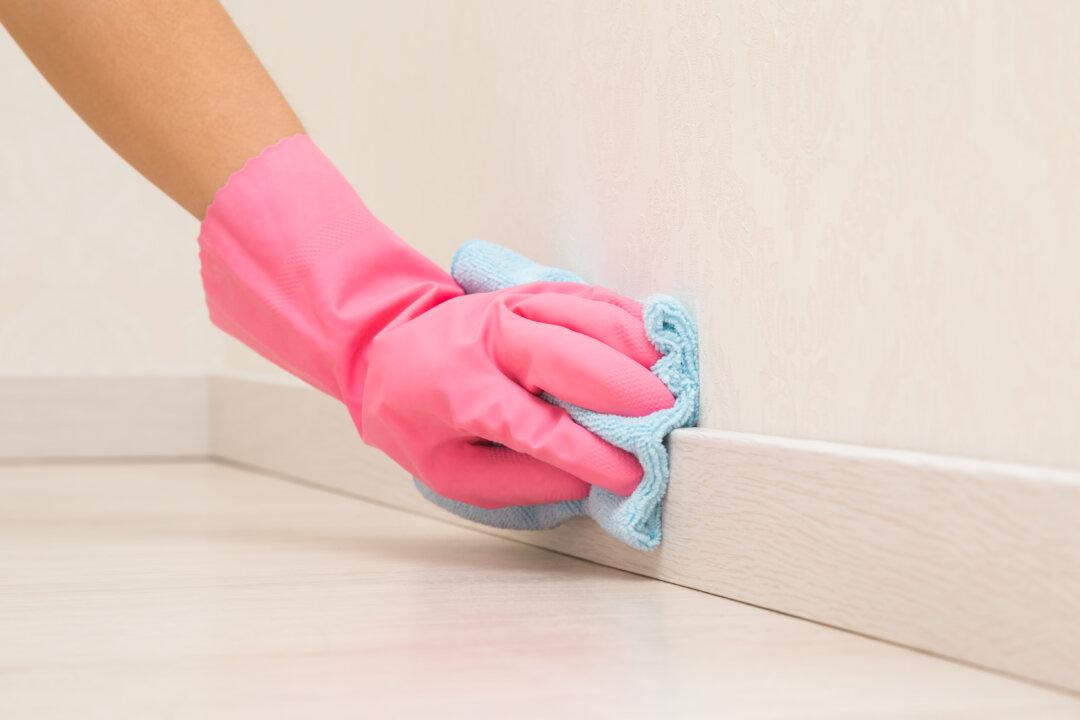Cleaning baseboards is an easy job to overlook, and it has a reputation as a tedious household chore. But keeping baseboards clean of dust, hair, and splatters can greatly improve the appearance of any room. Ideally, baseboards in highly trafficked areas such as the entryway, kitchen, and bathroom should be dusted weekly, while baseboards in rooms that see less activity can be cleaned monthly.
There are two general order-of-operations rules to follow when cleaning baseboards. First, dry dust; then, if needed, damp-clean baseboards. Always clean the room first, then the baseboards, then vacuum, mop, or sweep the floors.





